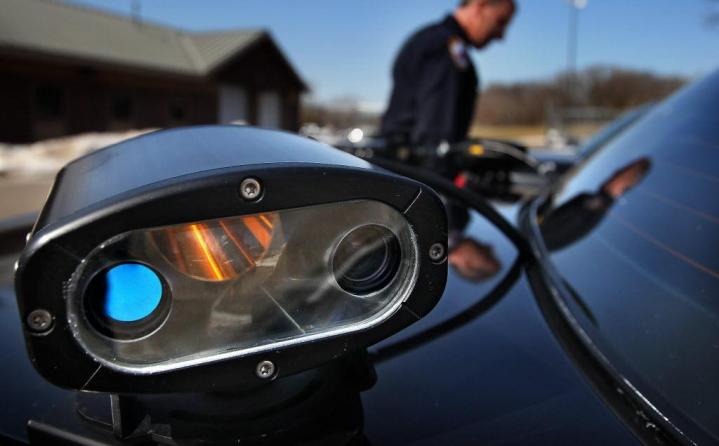
The effectiveness is due to facial recognition technology to remove high-risk drivers from the road. It “doubles the number of measurement points mapped to each digitized driver photograph to vastly improve the system’s ability to match a photograph to one that already exists in DMV’s database,” a release from Cuomo’s office said.
Cuomo said that facial recognition plays a critical role in keeping New York’s communities safer by cracking down on individuals who break the law.
“New York is the leading nation with the technology, and the results from our use of this enhanced technology are proof positive that its use is vital in making our roads safer and holding fraudsters accountable,” he stated.
New York State’s DMV first implemented the technology in 2010, and according to the release, more than 3,800 individuals have been arrested for possessing multiple licenses. Additionally, “more than 10,800 facial recognition cases have been solved administratively, without the need for an arrest.”
The release provided a breakdown of the 102 arrests that have occurred since the January enhancements. While New York City led the state with 40 arrests, Capital Region followed with 26, Long Island with 17, Mid-Hudson with 13, and Western New York with three. Finger Lakes also had three, Southern Tier had two, and Central New York rounded the number out with one arrest.
In addition to the enhanced system doubling the number of measurement points on the face from 64 to 128 on licenses, the system also allows for the “ability to overlay images, invert colors, and convert images to black and white to better see scars and identifying features on the face.”
While most would assume a change in hair style, glasses, or aging might affect the system’s performance, the release said the facial recognition technology has advanced past that setback.
New York State DMV Executive Deputy Commissioner Terri Egan said that the state’s DMV is now a leader in using the technology, and is encouraged by its success in just over half a year.
“DMV’s facial recognition technology prevents fraud by those who attempt to manipulate the system, including everyday motorists as well as commercial and for-hire drivers who transport goods and people throughout the state,” Egan said.


